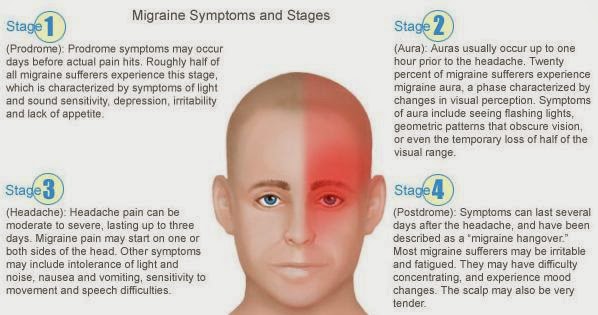Hypertrichosis, also known as werewolf syndrome, is a condition characterized by excessive hair growth anywhere on a person’s body. It can affect both women and men, but it’s extremely rare. The abnormal hair growth may cover the face and body or occur in small patches. Hypertrichosis can appear at birth or develop over time.
Types of hypertrichosis
There are several types of hypertrichosis:
- Congenital hypertrichosis lanuginosa: It first appears as normal lanugo, the fine hair found on a baby, at birth. But instead of disappearing during subsequent weeks, the soft fine hair continues to grow in various places on the baby’s body.
- Congenital hypertrichosis terminalis: Abnormal hair growth begins at birth and continues throughout a person’s life. Hair, usually long and thick, covers the person’s face and body.
- Nevoid hypertrichosis: Excessive hair growth of any kind appears in a defined area. In few cases, more than one patch of hair is present.
- Hirsutism: This form of hypertrichosis is limited to women. It results in dark, thick hair growing in places women normally don’t have hair, such as their face, chest, and back.
- Acquired hypertrichosis: Unlike congenital hypertrichosis, the acquired form of the disease tends to develop later in life. As well, it results in two types of hair other than lanugo: vellus hair or terminal hair. Excess hair may grow in small patches or on all hair-growing areas of a person’s body.
Symptoms of hypertrichosis
As mentioned previously, hypertrichosis can occur at birth or develop later in life.
Hypertrichosis usually produces one of three types of hair:
- Vellus: The follicles for these hairs are usually short (less than 1/13th of an inch long). They may be located anywhere but the soles of your feet, backs of your ears, lips, and palms, or on scar tissue. Vellus may be pigmented or nonpigmented.
- Lanugo: This type of hair is very soft and fine, like that on the body of a newborn baby. It usually has no pigment. Most babies lose lanugo within a few days or weeks after birth. If hypertrichosis is present, lanugo may remain unless treated and removed.
- Terminal: The hair is long and thick, and usually very dark.
Women with hirsutism develop stiff, dark body hair in places such as their face, chest, and back.
Another common symptom of hypertrichosis is a problem with your gums or teeth. Some teeth may be missing, or your gums may be enlarged.

Causes of this condition
The causes of hypertrichosis aren’t well understood, though there is a form of the disease that tends to run in families.
Congenital hypertrichosis may be caused by reactivation of genes that cause hair growth. The genes that caused extensive hair growth in early man have “shut down” during the course of evolution. By a mistake that still has no known cause, these hair-growth genes “turn on” while a baby is still in the womb.
Acquired hypertrichosis may have several origins. When hair growth is everywhere or in random patches, possible causes include:
- porphyria cutanea tarda, a condition in which your skin is especially sensitive to light
- malnutrition
- diet or an eating disorder like anorexia nervosa
- cancer
- certain drugs, such as androgenic steroids, the hair-growth drug minoxidil, and cyclosporine(Sandimmune)
Hypertrichosis occurring in specific places on your body can develop from:
- lichen simplex, a chronic skin condition that leads to itchiness and repeated scratching of a patch of skin
- temporary use of a plaster cast
- increased vascularity, a bodybuilding strategy to develop prominent blood vessels near the surface of the skin
Treating hypertrichosis
Hypertrichosis has no cure, and you can’t do anything to prevent the congenital form of the disease. The risk of certain forms of acquired hypertrichosis may be lowered by avoiding certain medications, such as minoxidil.
Treating hypertrichosis involves the removal of hair through a variety of short-term methods. They include:
- shaving
- chemical epilation
- waxing
- plucking
- hair bleaching
All of these methods are temporary solutions. They also run the risk of causing painful or uncomfortable skin irritation. And on some parts of your body, these treatments aren’t easily done.
Long-term treatments include electrolysis and laser surgery. Electrolysis is the destruction of individual hair follicles with small electrical charges. Laser surgery involves the application of a special laser light over several hairs at one time. Hair loss can often be permanent with these treatments, though you may need a few sessions to complete the job.





















